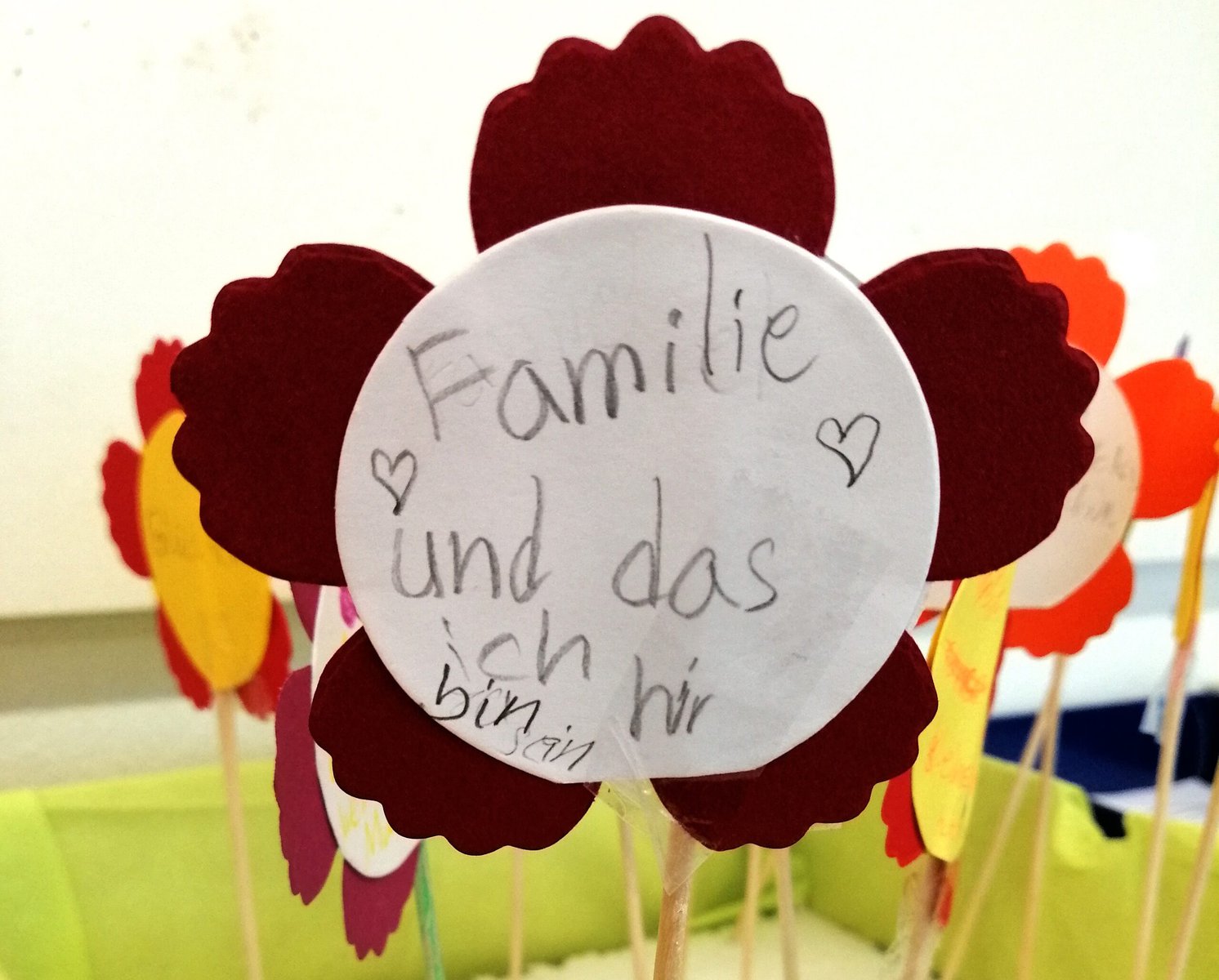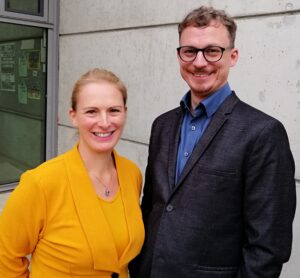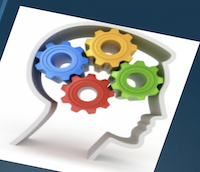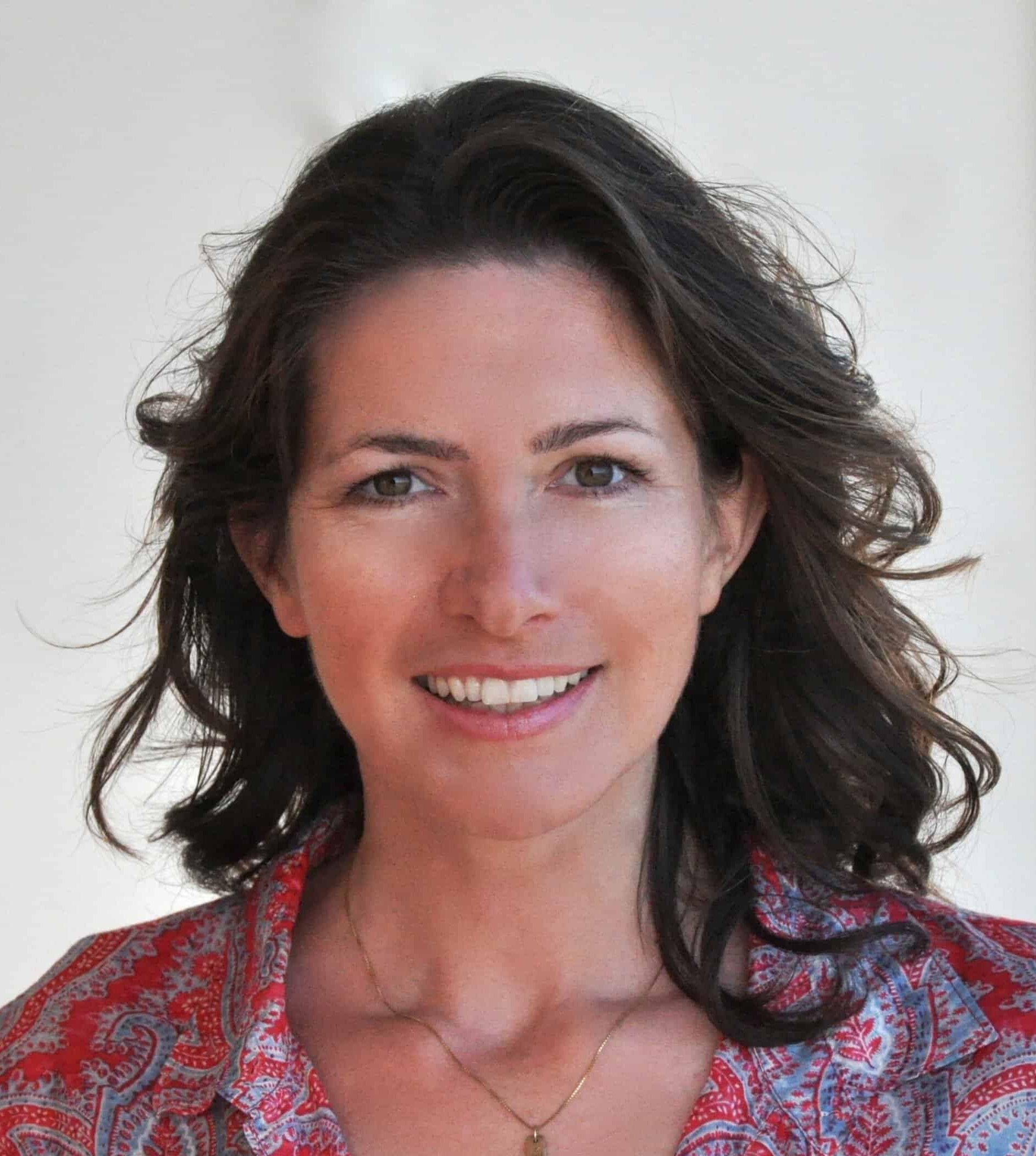The children at the elementary school in Braunschweig, Germany, are planting a “garden of emotions.” One by one, they step up to the front of their class, in their hand a yellow or orange paper flower, on which they have written what made them joyful this morning. “I got to snuggle with my dog,” a young girl says. “I found a coin on the street,” a boy wrote on his note. Another says, “My dad cuddled with me this morning.”
The kids are collecting small and big moments of happiness, both literally and figuratively. Science shows that savoring moments of happiness actually makes us happier. Since last November, 16 elementary schools in the small town of Braunschweig have been holding the happiness course once a week, taught by teacher trainees from the Technical University Braunschweig. The University is also assessing the impact of the course.
The needs are urgent: An international study shows a drastic increase in depression, anxiety and persistent frustration among youth, compared to pre-pandemic 2019.

More than a third of US students reported in 2021 that they experienced poor mental health during the Covid pandemic, and 44 percent described themselves as persistently sad or hopeless. According to the CDC’s most recent Youth Risk Behavior Survey across the US, girls are particularly at risk: 60 percent of female students experienced persistent feelings of sadness or hopelessness in 2021 and nearly 25 percent had made a suicide plan. Even before the pandemic, mental health was getting worse among high school students, according to prior CDC data. The CDC called on schools to “improve students’ sense of connectedness starting with social and emotional learning programs in early grades.”
Several schools and universities are responding to the mental health crisis by implementing stress-relief and mental wellbeing programs. “Because children, parents and teachers had just been through the pandemic, we were kicking in open doors,” says Tobias Rahm who leads the elementary school happiness project at TU Braunschweig. “They all immediately recognized the social benefits at this particular time.”
What is happiness? Can and should it be taught at school? “Happiness is subjective wellbeing,“ happiness researcher Rahm defines. “If I may ask back, what do children really need? Do they need algebra? We want the best for our children, and for me, this means giving them the best resources to go through life happily.” Core competencies such as regulating emotions, gratitude or self-mastery can be taught, he says.
Weighed down by negative news?
Our smart, bright, weekly newsletter is the uplift you’ve been looking for.Rahm says he has been obsessed with “making school better” since he was a kid and asks, “Why can’t we get at least 80 percent of students to say, ‘I love going to school?’” Carina Mathes, a trained speech therapist, discovered happiness research accidentally by reading a magazine article about Martin Seligman, the pioneer of positive psychology at the University of Pennsylvania. “Until then, I didn’t know you could learn happiness,” she says. “I thought either you’re happy or you aren’t.”
She did a deep dive into the research, broke it down with child-appropriate pedagogy and published the “Happiness Curriculum” in 2016, after which the Braunschweig classes are modeled.
Mathes and Rahm try to explain the neurobiological science behind the curriculum for teachers and their young students, “including how the brain works and why it makes sense to focus on joyful things,” Mathes explains. For instance, children learn by crafting paper planes that the paper creases deepen the more often they fold the paper, according to Mathes. “Similarly, one strengthens neurological pathways by focusing on positive emotions.”

Family, pets, friends and hobbies are the happiness factors kids mention most often. “They also regularly talk about their grandparents,” Mathes observed, “whereas material goods hardly play a role. A computer game might be mentioned but very rarely.”
In India, a million students learn happiness in school and even the Dalai Lama visited some of their classes. An Australian pilot project, the Geelong Grammar School, teaches children two hours every week about wellbeing, regulating emotions and finding purpose from the first class until graduation. Bavarian middle schools have experimented with happiness classes since 2013.
The studies about these projects are encouraging: Young participants report they found increased wellbeing and self-confidence. Teachers note less conflict in school, and the students say they learn more easily.
A recent 30-minute online training involving more than 4,000 students at the University of Texas seemed to have shown a particularly robust response. Based on Stanford psychologist Carol Dweck’s research of the “growth mindset,” it encouraged students to view stress as an opportunity for growth and guides them in finding confidence. Behind the growth mindset is the belief that the ability to learn is not fixed, that we can expand it through effort, effective strategies and support from others. “The stress-can-be-enhancing mindset centres on the understanding that our psychophysiological stress response (for example, sweaty palms, racing heart, deeper breathing and feeling anxious) can be positive (because these changes mobilize energy and deliver oxygenated blood to the brain and tissues) and can be controlled once you understand its purpose (because you can choose to take advantage of the enhanced capacity for performance it fuels rather than being worried and distracted by it,” the authors of the study explain in Nature.
Confronted with a stressful situation — the students had to give an impromptu presentation about their personal strengths and weaknesses in front of peers who had been trained to create an unsupportive reception — the participants stayed more relaxed after completing the training. Even nine months later, participants reported less anxiety than the control group and they were 14 percent more successful in finishing their academic year.
Tobias Rahm, too, will analyze the curriculum response comprehensively, but based on his interactions with students and teachers, he says the initial results are positive. “Students agreed more often in the questionnaires with statements like, ‘Last week I liked myself,’ and less frequently with, ‘Last week, I was often in a bad mood.’”
Mathes cautions that positive psychology has often been misunderstood as “positive thinking, the glass is half full, but the truth is that the exercises encourage the kids to get in touch with their true feelings and express them appropriately.” Rahm and Mathes, who are both parents of elementary school kids, emphasize that “all emotions are important, including the negative ones.” Mathes especially appreciated how much the children cared for each other during the sessions. “They often came up with their own solutions,” Mathes says she observed when she visited classes. “For instance, one boy was sad because he had lost his grandpa, and the other kids comforted him, and one girl said, she wrote a letter to her late grandpa and how much this helped her.”
The teachers also report profiting from the classes. “When teachers study the neurobiological research in preparation for class, they automatically learn it, too,” says Mathes. And Rahm, who taught one of the classes himself, hopes the program makes teaching more attractive. “We don’t have enough teachers,” he says, “and I consider anything that makes the profession more attractive a useful initiative.”
When Rahm subbed for a teacher trainee who got Covid, he crafted “gratitude necklaces” with the students from paper slips, on which the students had written to whom or for what they’re grateful. The gratitude exercise is Rahm’s favorite exercise to teach. Robert Emmons, psychology professor at the University of California, Davis, was able to show that regularly expressing gratitude leads to better grades, better sleep and more wellbeing.
In this way, the happiness classes are meant to equip the children with a toolkit for their wellbeing. The kids literally pack a yellow backpack “for life” with all the things that bring them joy. They are encouraged to reflect on questions like, What was good today? What am I grateful for? They then either write it on paper or craft a picture of what makes them happy and fill their backpack over the course of several months. “This leads to them noticing more what brings them happiness,” Mathes says, “and this automatically affects teachers and parents, too, because they are doing the exercises with the kids.”
Mathes is especially happy that one thing topped the kids’ list of things they are grateful for: the happiness classes.












